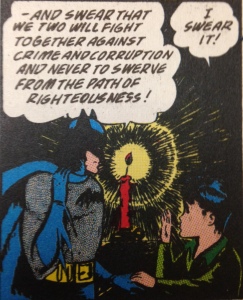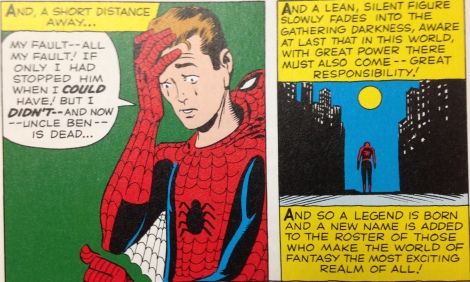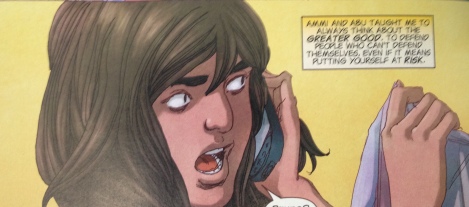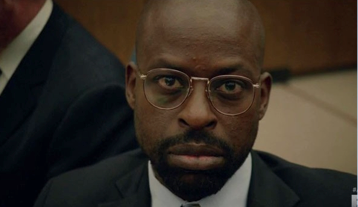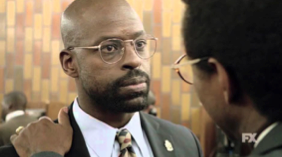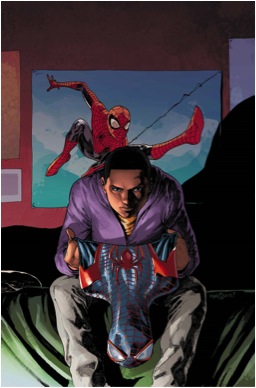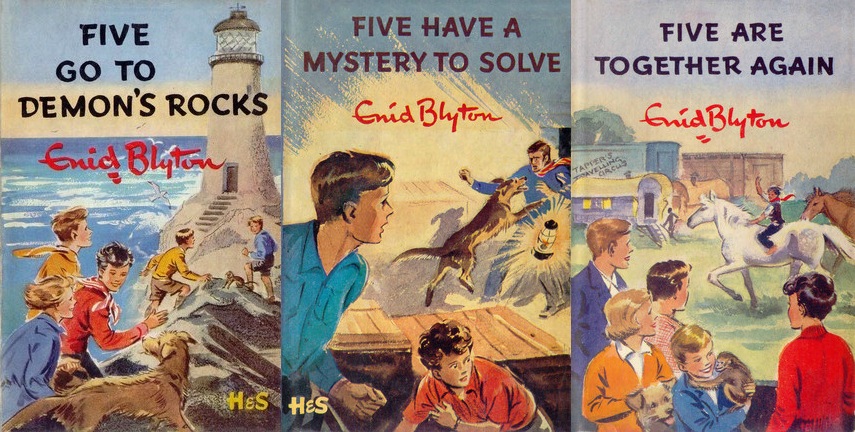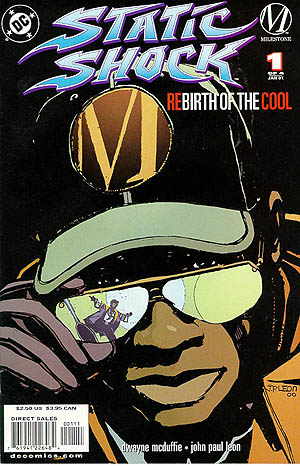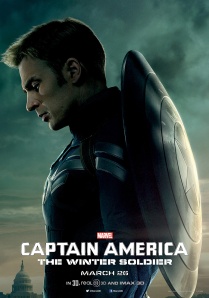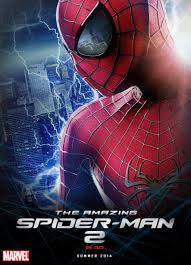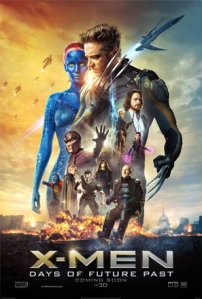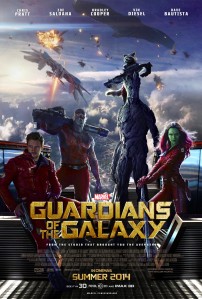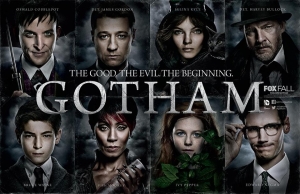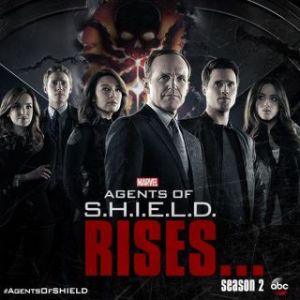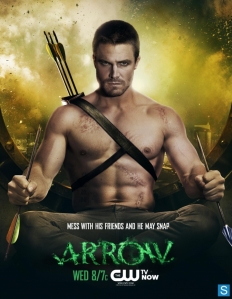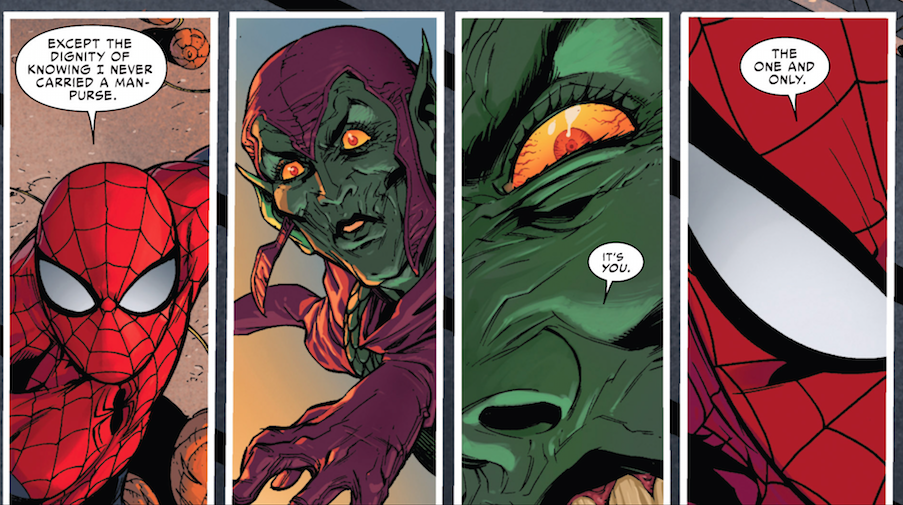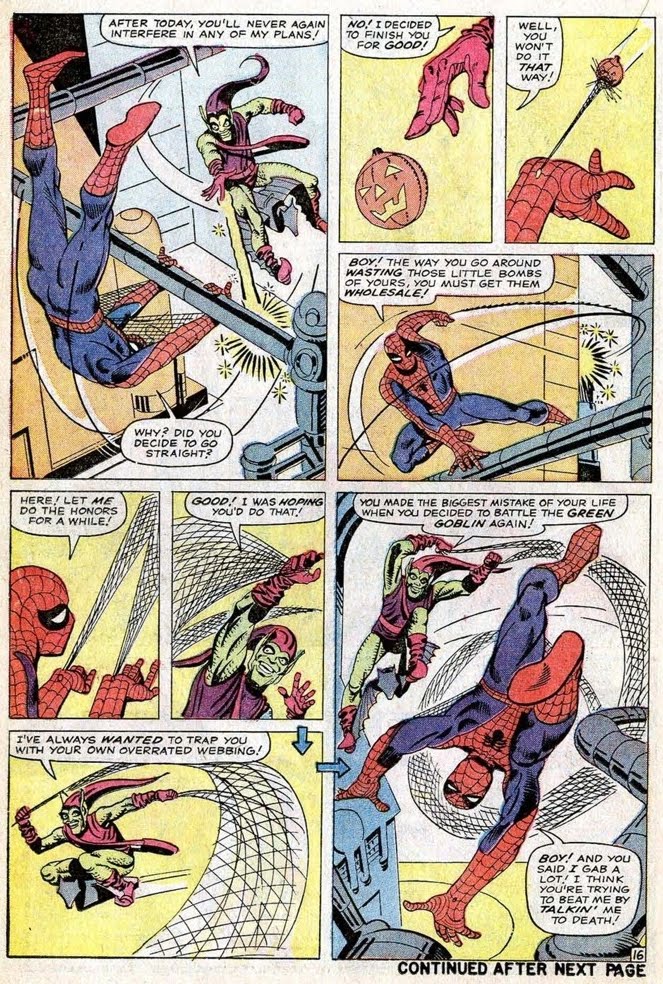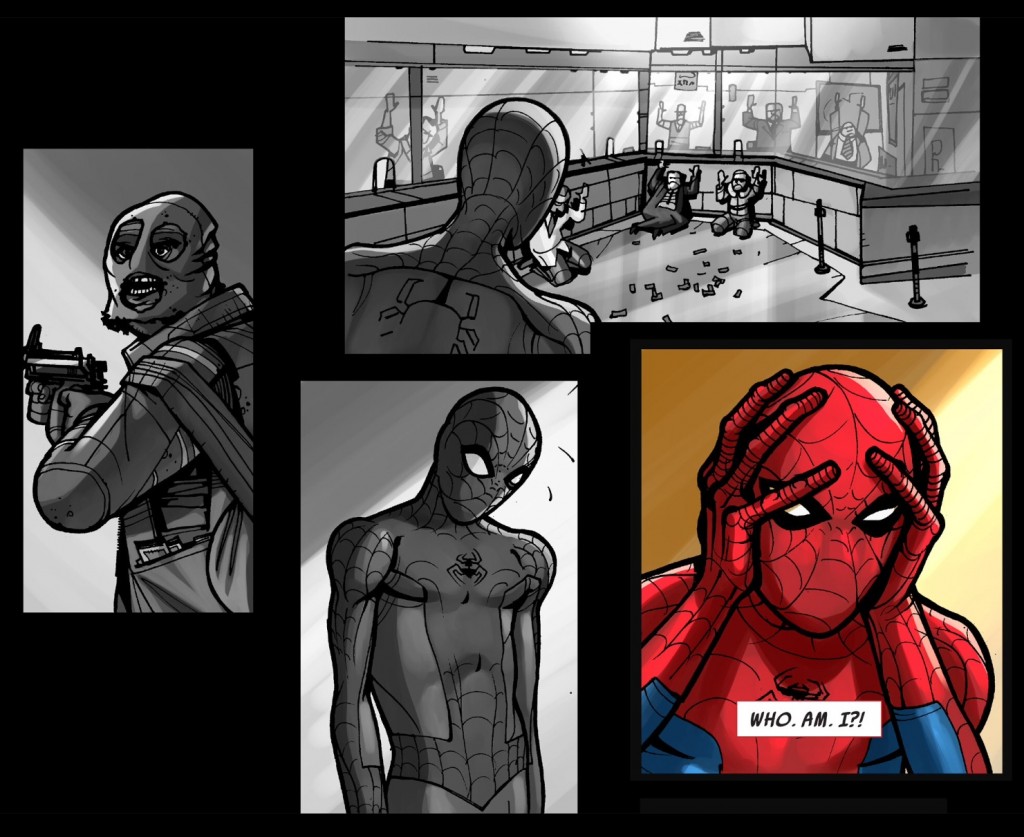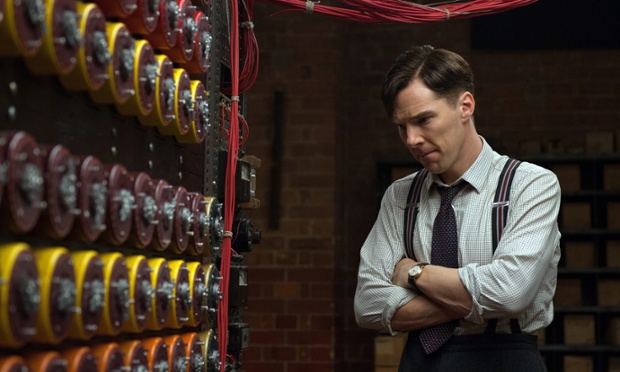
Genre Conventions
Socially awkward, personally abrasive, math-obsessed, “agnostic about violence,” and gay—Alan Turing makes for an unlikely superhero. Yet the recent Oscar-winning film The Imitation Game gives us a biography largely assembled from tropes native to that genre: an origin story involving childhood trauma and the loss of loved ones, unusual gifts bringing extraordinary power, social persecution, and grave moral dilemmas.
Turing builds a “universal machine” — an “electrical brain” that “could solve any problem.” It was not just the largest or fastest or smartest computer, but the first — an entirely new kind of thing. The British military used the device to break the “unbreakable” code of the Nazi enigma machine. But that only created a new problem — how to use the intelligence they acquired. For the utility of breaking the code depended crucially on the Nazis never realizing that the code had been broken. Each time the Allies used the decrypted information to intervene militarily, they risked losing the advantage they had gained. Turing and his team used “Christopher” to decode the messages; then they had to calculate the odds and decide which Nazi attacks to thwart — and which to let go ahead: “Statistical analysis. The minimum number of acts it will take to win the war. The maximum before the Germans get suspicious.” Their intelligence made possible, among other things, the victory at Stalingrad and the invasion of Normandy; it is thought to have shortened the war by as much as two years. They saved millions of lives, and may have literally rescued the world from tyranny. But in the process, they deliberately allowed many thousands of people to die, soldiers and civilians.
The film rather overdramatizes this dilemma. Literally the first set of messages the excited cryptographers decipher concerns a u-boat attack, and as it happens, one young code-breaker has a brother serving aboard a targeted ship. Obviously the first impulse is to rush to save him, but Turing refuses. “Let the u-boats sink the convoy,” he advises. “Our job is not to save one convoy. Our job is to win the war. . . . Sometimes we can’t do what feels good. Sometimes you have to do what is logical.” With horror the rest of the group slowly realizes that he is right. The ships go down, the brother dies. The scene is meant, I think, to call into question to morality of the whole exercise. But it serves just as well as a justification. It is because they are willing to sacrifice their own loved ones that they have the right to sacrifice others. Their “blood-soaked calculus” allows for no special cases.
Turing makes sacrifices of his own, but of a different sort. Realizing that his engagement to fellow code-puzzler, Joan Clarke puts her at risk, he breaks it off. He begins, “You need to get far away from me” — but then, realizing that he cannot explain why without revealing MI-6 secrets and putting her at greater risk, he changes tack: “I don’t . . . care for you. I never did. I just needed you to break Enigma. I’ve done that now. So you can go.” The irony here is double: The engagement is a cover story, but he is covering for her (to maintain independence from her parents), not her for him (to hide his homosexuality). And second, it is precisely because he cares for her that he must leave her.
The scene mirrors the final and most heroic scene of the 2002 Spiderman film. Over the course of the movie, a lonely nerd, Peter Parker, becomes a wisecracking superhero, defeats the Green Goblin, and finally wins the love of “the girl next door, Mary Jane Watson — the woman I’ve loved since before I even liked girls.” But Parker is weighed down by guilt. He caused the death of his Uncle Ben by a sin of omission; he directly caused the death of his best friend’s father; and he has repeatedly put the people he loves — Mary Jane and Aunt May, in particular — in mortal danger. At the end, Mary Jane realizes that Peter is the “one man who’s always been there for me.” She confesses that she loves him.
The whole movie has built toward this point. We are told in the very first scene that “this, like any story worth telling, is all about a girl.” Peter has spent years vying for her attention, and now, at last, he has his chance.
“I will always be your friend. . . ,” he says. “That’s all I have to give.”
She cries, and he walks away.
It’s a bold way to end the film, the boy getting — but then not getting — the girl, choosing heroism over happiness. By the logic of Spiderman, Peter Parker did the right thing; in The Imitation Game, however, Turing does not come across so well. He seems, instead, unnecessarily, if also somewhat unconvincingly, cruel. Joan, who loves him, probably more than anyone else does, slaps him across the face and says, “You really are a monster.”
She is not alone in the assessment. Others call him “irascible,” “inhuman,” and “an arrogant bastard.” His young colleague, debating the fate of his doomed brother, demands: “Who the hell do you think you are? . . . You’re not God, Alan. You don’t get to decide who lives and who dies.”
“Yes, we do,” Turing replies. “No one else can.”
Later Turing recalls this exchange. “Was I God?” he asks. “No, because God didn’t win the war. We did.”
But what did they become by doing so? Turing offers his confession, and then poses the question to a police detective: “So tell me. What am I? Am I a machine? Am I a person? Am I a war hero? Am I a criminal?”
Like Frank Miller’s Commissioner Gordon 1 in The Dark Knight Returns, the policeman concludes: “I can’t judge you.”
“Well, then,” Turing sighs, disappointed and resigned, “You are no help to me at all.”
Stay Weird
The parallels to superhero stories are numerous and fairly apparent. Peter Parker and Batman have already been mentioned. And with Benedict Cumberbatch playing Alan Turing, comparisons to Sherlock Holmes are inevitable. The willingness to calculate odds and sacrifice thousands to save millions clearly echoes Ozymandias’ scheme in Watchmen — at a somewhat smaller scale, admittedly, but on the other hand, in the real world, so in that sense the stakes are infinitely higher. In fact, there is a bit of every obsessed, lonely scientist — from Dr. Frankenstein to Dr. Doom — in the figure of Alan Turing. (In one scene he rants: “You will never understand the importance of what I have created here!”) And then there is the fact, sadly central to the story, that like Marvel’s mutants, Turing was a member of a persecuted minority.2
Of course it is extremely unlikely that those responsible for the film intended Turing’s story to echo Peter Parker’s, Adrien Veidt’s, or the Charles Xavier’s. And, given the late date of the de-classification of Turing’s war record, it is positively impossible that Stan Lee, Alan Moore, and company based their science hero fictions on Turing’s science hero reality.
But, while some of the similarities are superficial, others are surprisingly deep. Turing’s dilemmas, for example — accepting responsibilities that put loved ones at risk, or sacrificing many lives so that many others might live — are just the sort of decisions certain morally unlucky people have to make. In particular kinds of stories, such people may be heroes, but in others they are villains, and in some they are pitiable, tragic victims. However, the most important parallel, I think, between The Imitation Game and the superhero genre is in the treatment of difference. Each views difference as both a burden and a blessing, and celebrates as heroes those who use their gifts to serve, not merely themselves, but humanity more broadly — in other words, those who in expressing their difference also remind us of what we all share in common.
“No one normal could have done [what you did],” Joan tells Alan. “This morning I took a train though a city that wouldn’t exist were it not for you. . . . Do you wish you could have been normal? The world is an infinitely better place because you were not.”
Alan Turing was a homosexual at a time when homosexuality was not only disapproved of, but also a statutory offense. After the war, when his secret was discovered, he was fired from his job, disgraced in the papers. He was arrested, tried, and convicted of Gross Indecency — the same charge that sent Oscar Wilde to jail half a century before. Rather than go to prison, Turing agrees to a course of “hormonal therapy” — “Chemical castration to cure me of my homosexual predilections.” The film shows him shaking, stammering, losing focus. He was unable to complete a crossword puzzle, much less continue his work in mathematics. After a year of such treatment, he committed suicide.
The film suggests — or rather, it insists — that Turing’s homosexuality was specifically tied to his genius. His difference — sexually, socially, psychologically — is stressed throughout. He is unpopular at school, imperious with colleagues, insubordinate to his superiors. He does not especially like, or even care to understand, other people — and he does not care if they like or understand him. Others in society, such as bullying schoolmates and intruding policemen, treat his intellect as being suspicious in itself. (In fact, it was his intellect that leads to the discovery of his criminal sexuality. The police — responding to a burglary in which nothing was missing, and meeting there a Cambridge professor with a classified war record — initially suspect espionage.) But Turing is “an odd duck,” even when compared to his intellectual peers, and this oddness, this queerness, is what sets his thinking apart from theirs. He is maddeningly literal, unconcerned with convention, dismayed by social niceties. He is strange because he sees things differently, and it is that difference of perception that lets him attack unsolvable problems from new angles.3
Was that difference in perspective related to his sexuality, whether as cause or as consequence? We can’t say for certain, but surely it might have been. Turing, as the movie shows, developed his interest in codes at the same time that he discovered his attraction for other boys. And then, decades later, the effort to cure his homosexuality also robbed him of his genius.
The Imitation Game offers a moral, and to make sure we don’t miss it, we hear it three times, from three different characters. It supplies the last line of dialogue: “Sometimes it’s the people who no one imagines anything of who do the things that no one can imagine.”
Of course Alan Turing was not a superhero, for the simple reason that there are no superheroes. (“Superheroes didn’t win the war. . . ,” he might say.) Turing was a real human being. Whatever The Imitation Game may have gotten wrong about him (and I am in no position to judge), it got at least this much right: The world was infinitely better because Alan Turing was not normal. And it cost him his life.
______
1.– In The Dark Knight Returns, Commissioner Gordon tries to explain his relationship to Batman by talking about Pearl Harbor: “A few years back, I was reading a news magazine — A lot of people with a lot of evidence said the Roosevelt knew Pearl was going to be attacked — and that he let it happen. . . . I couldn’t stop thinking how horrible that would be. . .and how Pearl was what got us off our duffs in time to stop the Axis. But
a lot of innocent men died. But we won the war. It bounced back andforth in my head until I realized I couldn’t judge it. It was too big. He was too big. . . .”
2.– Writing in the Hooded Utilitarian, Noah Berlatsky has noted that, in many of its particulars, the whole superhero concept is pretty gay: “To begin with, super-heroes generally have a secret life, a ‘secret identity,’ that they can’t talk about even to their closest friends and
relations. In other words, they are all closeted. And what’s in that closet? A hypermasculine, muscle-bound body, swathed in day-glo tights; an uber-manly man whose physical tussles with the bad guys preclude any meaningful relationship with the leading lady. Out of costume, on the other hand, the hero is a feminized sissy-boy, whose painful secret prevents him from having any meaningful relationship with the leading
lady. Either way, what looked like iconic maleness starts to look, from up close, rather queer. And that’s not even getting into the whole boy sidekick thing.”
3.– Turing tells his interrogator, “Of course machines can’t think as people do. A machine is different than a person. Of course it thinks differently.” But then, he notes, how astonishingly different people are
from each other, and concludes, rhetorically: “What’s the point of variation if not to say that we think differently?”

